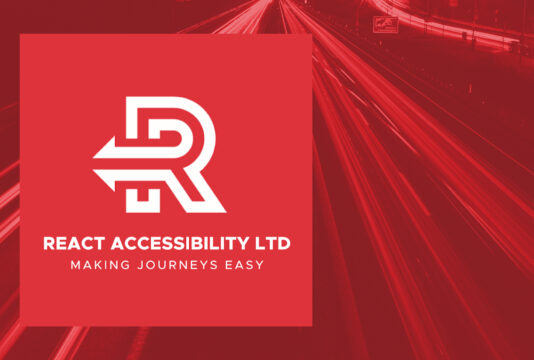
Meet the Papercast CMS Layout Catalogue: A must have resource for sharing visually impactful passenger information
We’re excited to tell you about the Papercast Content Management System (CMS) Layout Catalogue, an…

Rado Skender, Director of Business Development at Papercast based in Japan
Rado is passionate about improving the passenger experience across the globe, with a focus on developing customer relationships and strategic partnerships in the APAC region. He also leads our go-to-market strategy for advanced prediction tools, Better ETA.
I always knew I would work with technology but never imagined it would be in the public transport. For almost 20 years I have been providing solutions that result in a better passenger experience, and ultimately improve peoples’ lives. I certainly can’t complain, I love what I do!
Aside from the above, it’s the pure excitement of what the day will bring. What new opportunities or challenges will be waiting for me? We work globally and so the email inbox never sleeps!
There are too many to cover them all! If I must choose one, I would say it’s the way it has simplified the typically complex issue of real-time passenger information.
Apart from increasing the number of deployments across a larger geographical footprint in public transport, I would say finding other outdoor applications for the technology. Our technology is well ahead of the curve and demonstrating proof of concept in other areas is a key priority.
I would say the speed at which Papercast was adopted by transport authorities. As this is a new technology for outdoor signage, I expected it to take slightly longer to gain traction. My instincts said that 2019 would be our big year, but the market proved otherwise.
There are quite a few, but I would say we need to keep our eye on the much-needed global standardisation of real-time information, which is now starting to happen. From a user perspective, passengers constantly demand more value-added services and a streamlined experience, and service providers need to keep up. For Papercast, this means exploring new ways to deliver a more immersive user experience. I feel the overreaching challenge in the next 12 months will be commoditisation; how do we digitally enable every bus stop?
It’s hard to pinpoint one thing, but I see a convergence between digital bus stop signage and personal devices, such as smartphones, as two main channels for agencies to disseminate passenger information. There are number of ways that bus stop displays can fully communicate with the user’s smartphone (such as iBeacons, low energy Bluetooth and similar technologies), and this can create several benefits for the agency and the user.
Apart from enabling the provision of real-time information at the bus stop, it’s also delivering on the promise of energy efficient mobility. In my opinion, running power hungry LCDs to provide passenger information doesn’t fit with the overall philosophy of services for social good. I’m waiting for someone to calculate how many hours we could run an electric bus on the energy wasted by such devices.
Most questions usually focus on the passenger experience and how Papercast can address their requirements in terms of information visibility and design, as well as addressing the needs of people with disabilities, and so on.
I always appreciate these questions as I believe we have one of the most versatile solutions that addresses agency needs in a holistic manner. We offer data accuracy auditing, as well as a flexible management system that can deliver rich content to e-paper displays that enable full visual, audio and electronic interaction with passengers.
Take control of bus stops…
They are your interface with your customers!
Thank you, Rado.
Please look out for future articles in this ongoing series as we introduce you to more of the Papercast team!

We’re excited to tell you about the Papercast Content Management System (CMS) Layout Catalogue, an…

The REACT Trigger System is now available on Papercast displays We’re excited to share that…